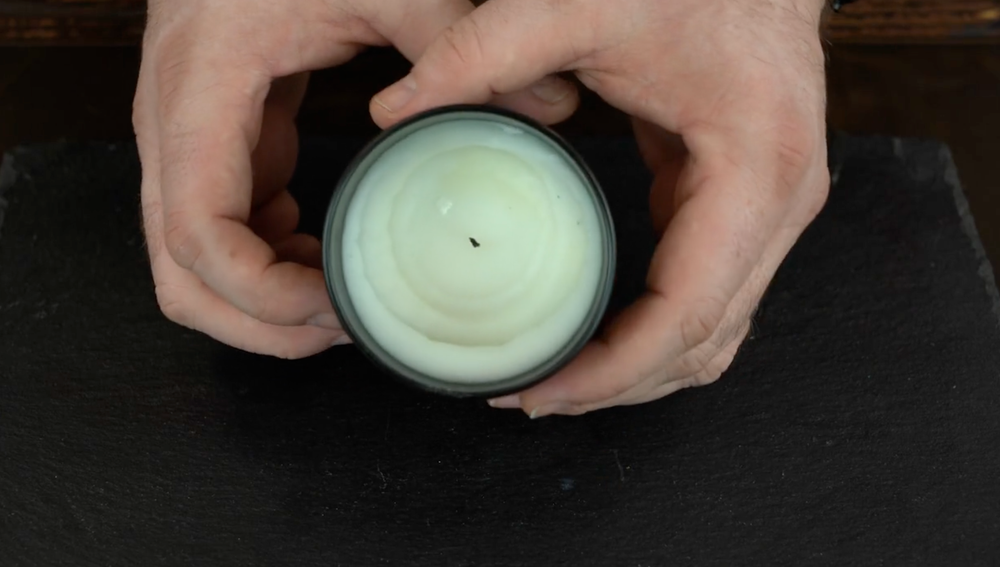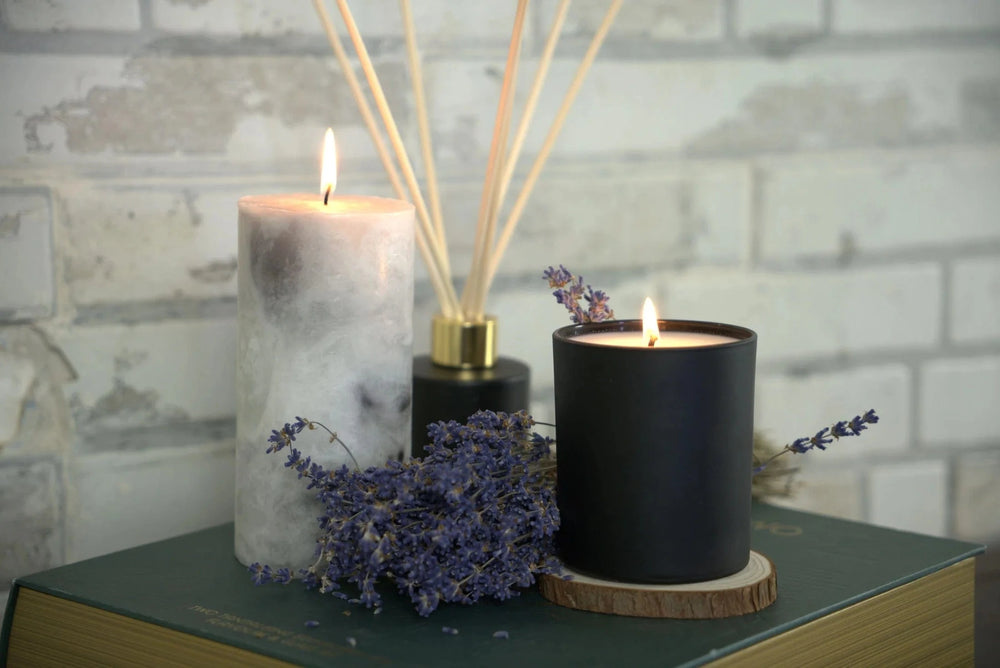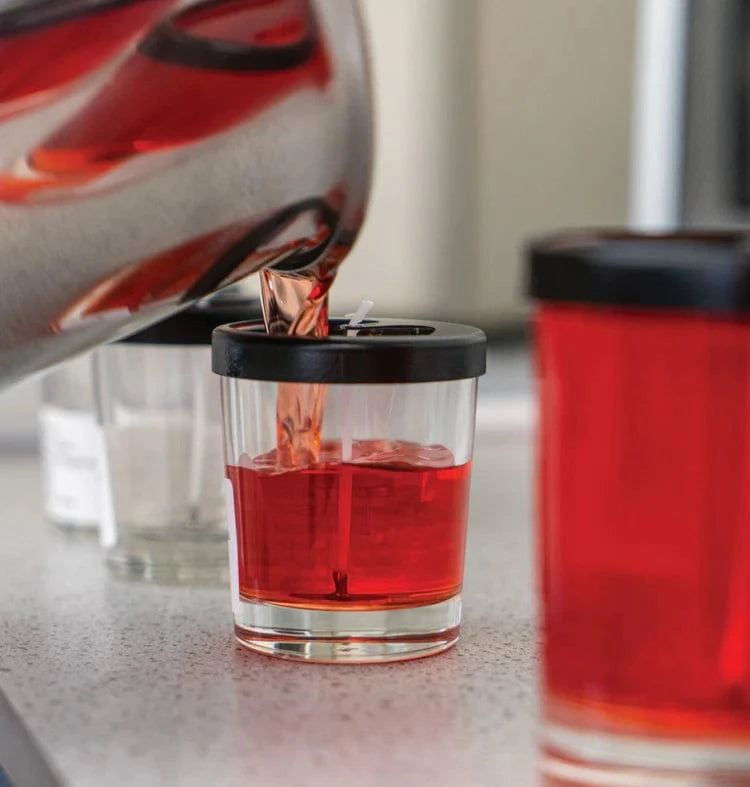Your questions, answered.
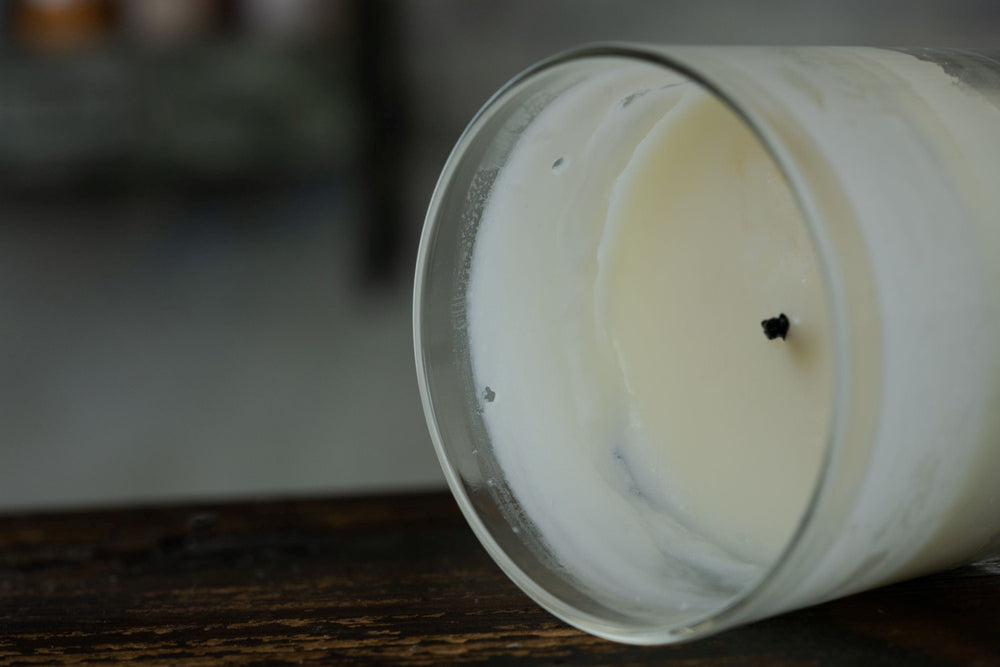
What is hang up?
In candle making, hang up refers to a thin coating of wax that hasn’t melted and is left on the inner wall of a container candle as the candle burns down.
Why does hang up occur?
Hang up occurs because the heat of the flame isn’t sufficient to melt enough wax to give a full melt pool. This is usually because the candle is under-wicked, but occasionally a fragrance oil may not be compatible with a particular type of wax, and the flame can die off over time, causing hang up. If the outside surface of the candle glass gets too cold, the heat from the flame might not be sufficient to melt the candle wax in this region, again causing hangup.
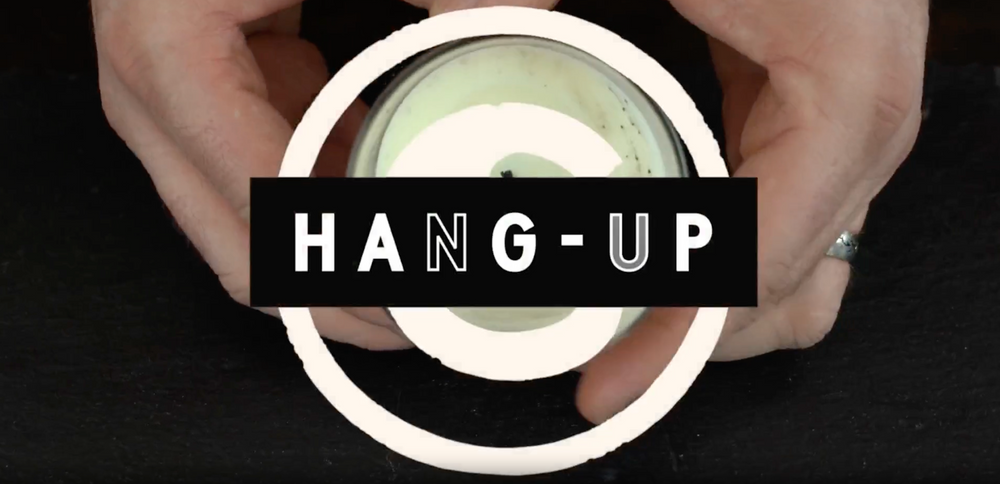
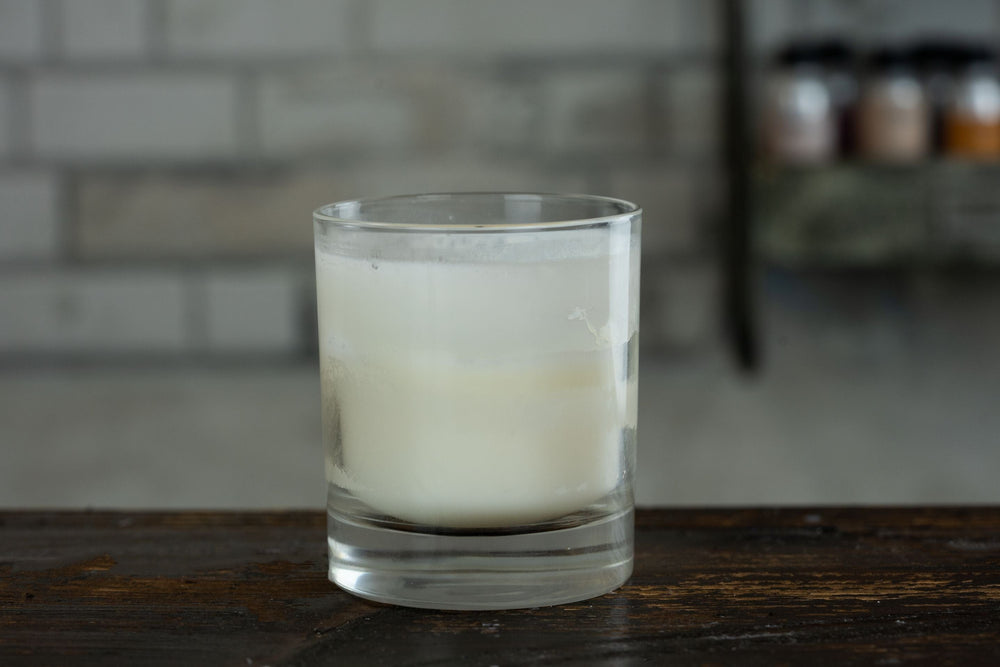
How is hang up different from tunnelling?
Tunnelling occurs when the flame of an underwicked candle isn’t strong enough to give a full melt pool (FMP) and a “tunnel” develops down the middle of the candle, leaving a residual coating of wax on the inner wall of the candle. Severe hang-up and mild tunnelling are effectively the same thing.
How to avoid hang up?
Temperature control
One way to avoid hang up is to keep a warm ambient temperature in the room where you burn your candle. As a general rule of thumb, we would recommend a temperature of 18°C to 25°C.
Change the wick
Hang up can usually be avoided by choosing a suitable wick for your candle, so it’s always worth experimenting with different wick families and sizes. The basic procedure is to increase the wick size until hang up doesn’t occur. However, be careful not to pick a wick that is too big as this will increase the risk of sooting, so finding the right balance between hang up and sooting is the key.
Add paraffin
Hang-up is more common with plant-based waxes than with paraffin waxes, as paraffin waxes are more ‘cohesive’ due to their long-chain hydrocarbon molecules. This means paraffin waxes tend to stick together, whereas plant waxes can break apart, leaving residue on glassware. So, adding paraffin wax, will result in a more ‘cohesive’ blend that is less likely to leave residue on the glass or hang up.
